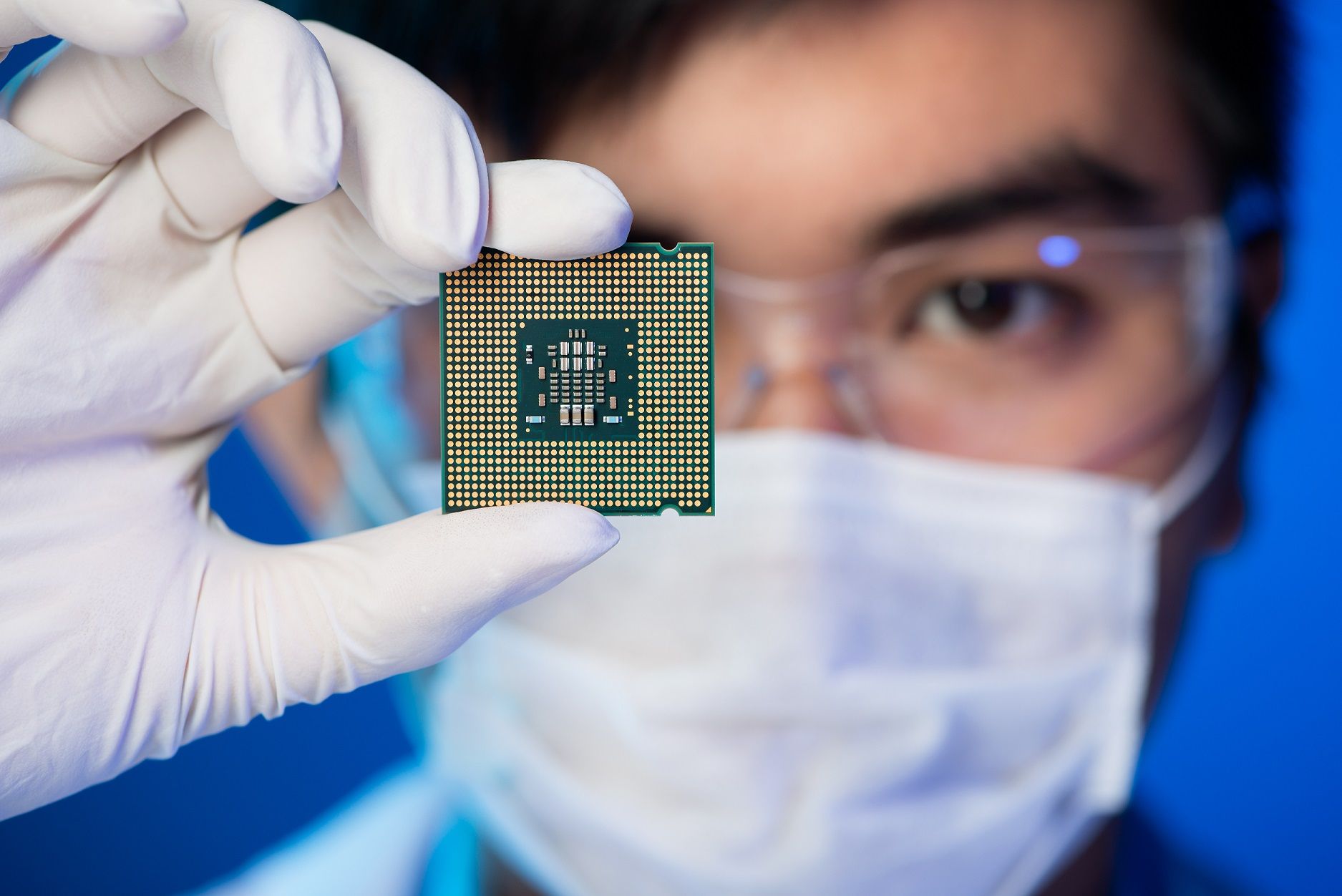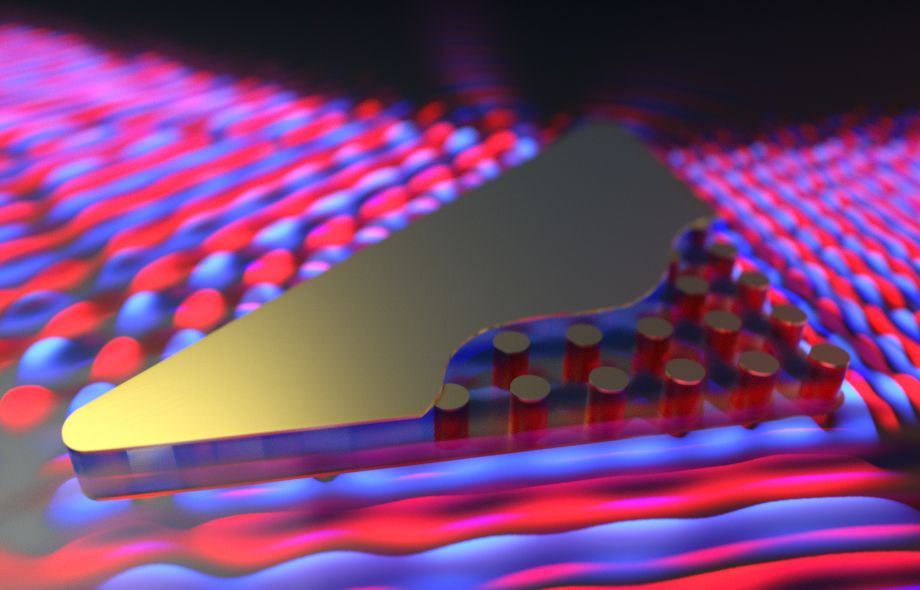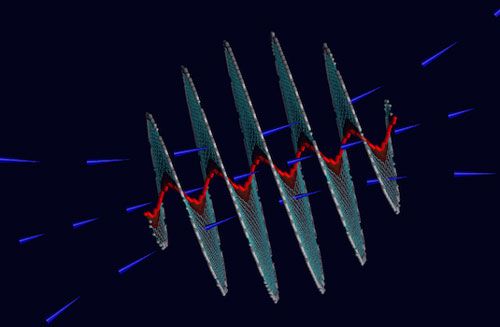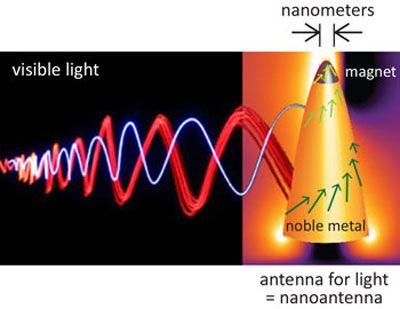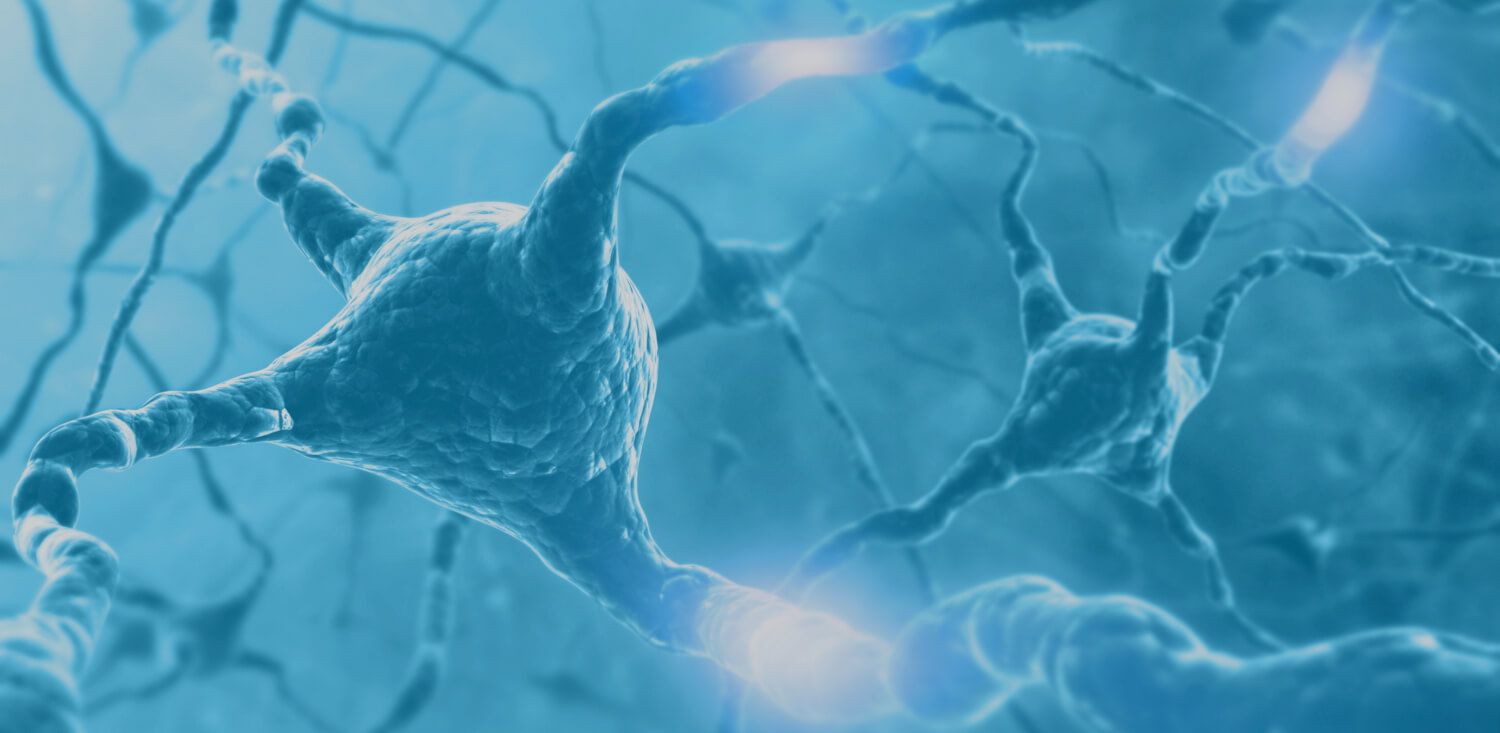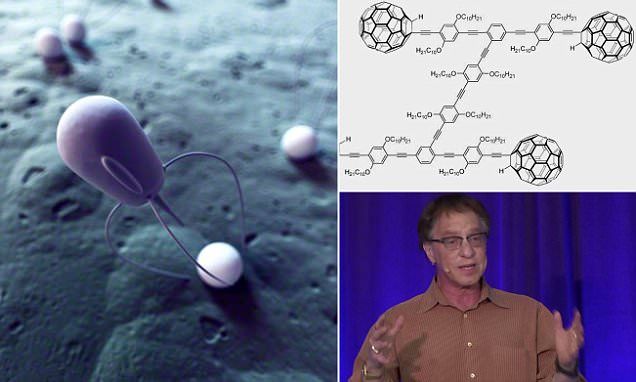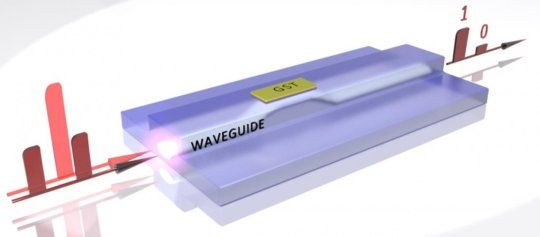Oct 28, 2015
New silicon-based anode set to boost lifetime and capacity of lithium-ion batteries
Posted by Shailesh Prasad in categories: energy, materials, nanotechnology
A new approach developed by researchers at the University of Waterloo could hold the key to greatly improving the performance of commercial lithium-ion batteries. The scientists have developed a new type of silicon anode that would be used in place of a conventional graphite anode, which they claim will lead to smaller, lighter and longer-lasting batteries for everything from personal devices to electric vehicles.
Graphite has served the lithium-ion battery world as material for negative electrodes well so far, but also presents something of a roadblock for improved capacity. This is due to the relatively small amount of energy it can store, which comes in at around 370 mAh/g (milliamp hours per gram). Silicon has become an increasingly popular substitute for battery researchers looking to up the ante, with a specific capacity of 4,200 mAh/g. However, it isn’t without its limitations either.
As silicon interacts with lithium inside the cell during each charge cycle, it expands and contracts by as much as as 300 percent. This immense swelling brings about cracks that diminish the battery’s performance over time, leading to short circuits and ultimately cell failure. Other recent attempts to overcome this problem have turned up battery designs that use sponge-like silicon anodes developed at the nanoscale, silicon nanowires measuring only a few microns long and ones that bring graphene and carbon nanotubes into the mix.

